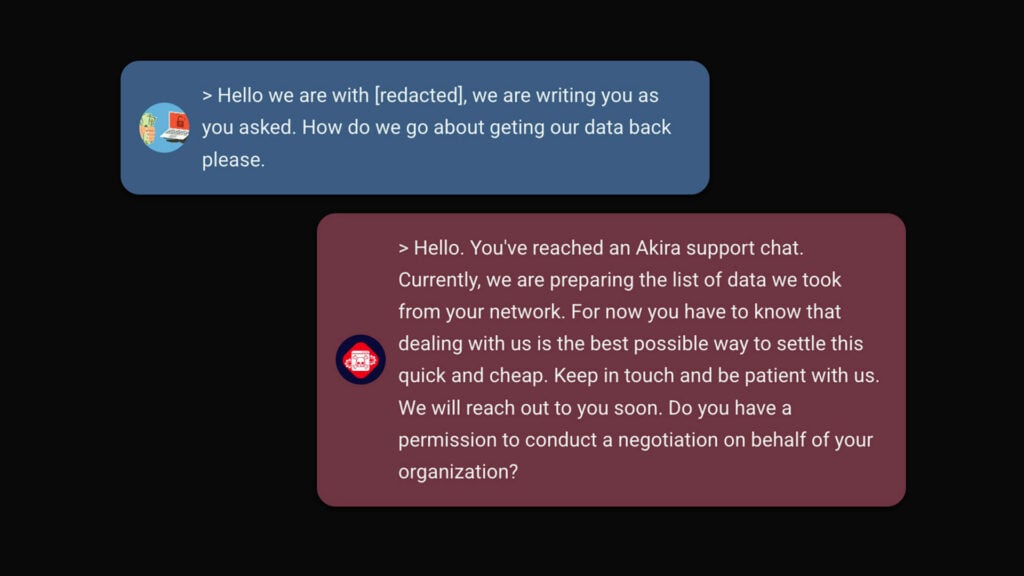Whitepaper
Cyber security: How to get an overall overview and take back control with Cortex
Discover how Cortex XDR consolidates security alerts, reduces noise, and enhances threat detection. Take control of your cybersecurity landscape with actionable insights.

Discover the pitfalls of overwhelming security solutions and how to regain control with Cortex Extended Detection and Response (XDR). In our whitepaper about Cortex, “Cybersecurity: How to Get an Overall Overview and Take Back Control,” we delve into the challenge of managing countless alerts and red flags, which often lead to critical threats slipping through the cracks.
Most companies have an increasing number of security solutions running, and one could be tempted to think that this increases the level of security. But the result can be the exact opposite. Because with numerous cyber attack detection systems, the number of alerts and red flags increases exponentially, and your security team must deal with them all.
Even a relatively basic security infrastructure can quickly generate tens of thousands of notifications across numerous dashboards daily. This is impossible to handle manually and efficiently, resulting in the security team being overwhelmed and easily overlooking actual attacks in the crowd.
Therefore, the cyber security team is constantly on its heels and forced to work reactively, knowing that attacks easily slip under the radar and the cybercriminals exploit the situation mercilessly.
Despite tight budgets and a pronounced lack of available security specialists, some companies are trying to deal with the pain by hiring more employees. But the overwhelming amount of information constantly ticking in makes that strategy best compared to building sand castles and hoping they don’t get knocked over by the tide.
The alternative is Cortex Extended Detection and Response (XDR), which works closely across all threat vectors in the security infrastructure and collects data from network, endpoint, cloud, and identity security. XDR uses a combination of pattern recognition and AI to provide an effective, holistic view of the security infrastructure. Together with, for example, an external SOC, it becomes possible to reduce the number of daily events from several thousand to just a handful. It allows you to gain an overview and take back control so that your cybersecurity team can work more proactively.
Ready to reclaim security? Fill out this form to learn how in our whitepaper, ‘Cybersecurity: How to get an overall overview and take back control.’ The PDF will be sent to the email address you provide.
About the author
Related











